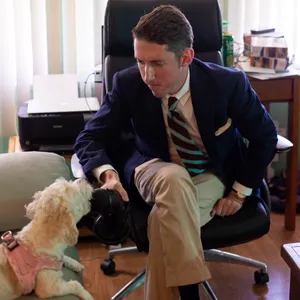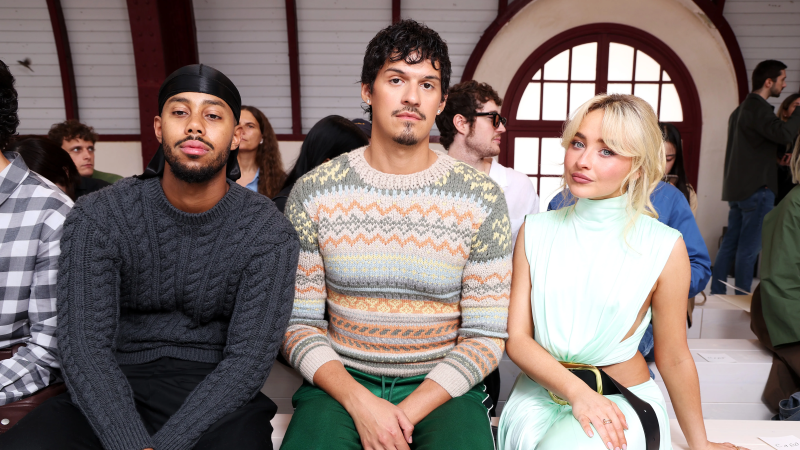Monday through Friday, business casual reigns in US offices. Here's how to make it work.
Business casual has completed its ascent as the most common way Americans dress at the office, a recent survey found.
A YouGov poll released in June found that 47% of respondents wore business casual to work, eschewing the once ubiquitous suit and tie.
The poll also found that:
- 33% of men own no suits at all
- 17% of men hate wearing suits
- 28% of men never wear a suit.
YouGov's findings did not surprise style writer at large Derek Guy, also known as the Twitter menswear guy.
"Everyone knows that suits have been dying a slow death since the end of the Second World War. Everyone knows that we're in business casual," Guy said in an interview with USA TODAY.

The "slow death" of the suit was accelerated by the COVID-19 pandemic, shopping from home compounded a lack of local retailers that offered an expert eye to help guys find the best fit.
"Good tailoring is expensive, it's hard to get it in many cities," Guy said. "If you are outside of New York City, essentially, you're probably shopping online, which is not a very pleasant experience."
The majority of respondents said that society would not be better off if men wore suits more or less often, echoing a theme that Guy has made central on his X account: separating the aesthetic from the moral.
"It's nonsensical to draw this inference of putting on suit makes someone act like a gentleman," Guy said. "The reality is that being a gentleman, whether you mean it in the socioeconomic class — which used to be a person who was born into nobility — or in the kind of like colloquial sense of being a kind, gentle person, both of those senses require more than a suit."
How to do business casual better
Guy advises that to make the most out of the office wardrobe one must consider the company's environment and the role one has in it.
"Bill Gates walks into an office and everyone knows he's Bill Gates, doesn't matter what he's wearing," Guy said. "But if you're an intern and you're walking into an office and you want to signal that you want to work hard, then you may want to dress a certain way."

Guy noted that if an office environment is not conducive to suits one can keep much of the silhouette by using a sport coat. He suggested a starting template of a navy sport coat with a dress shirt, grey or tan wool trousers and leather dress shoes but one does not have to stick to that formula.
"Some people are going to hear that and say, 'oh, that's too dressy for me.' That's fine, then swap out the tailored trousers for tan chinos. If then they say, 'oh, that's still too dressy for me.' Okay, then instead of the dress shirt, do a long sleeve Polo. 'Oh that still feels too dressy for me.' Okay, then let's do the navy sport coat, long sleeve polo, blue jeans and white sneakers."
Given the broad leeway the lack of formal dress codes in office environments allow, finding small flourishes of individuality (such as a tab collared shirt or Hollywood trousers) can create more interesting looks.
When presented with that idea, Guy cautioned to not go overboard without a clear understanding of the aesthetic one is trying to display.
"Just be careful of end up doing what I call a Mr. Potato Head kind of approach, where people stick random things into a garment, and then the outfit ends up looking chaotic," Guy said
Disclaimer: The copyright of this article belongs to the original author. Reposting this article is solely for the purpose of information dissemination and does not constitute any investment advice. If there is any infringement, please contact us immediately. We will make corrections or deletions as necessary. Thank you.







